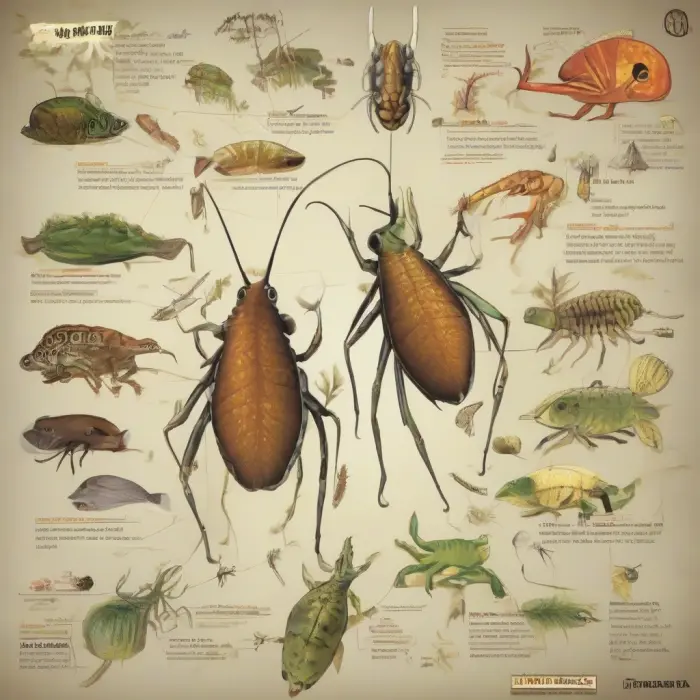The Extraordinary World of Bioluminescence: Facts and Wonders
In the vast expanse of both the terrestrial and aquatic terrains, numerous organisms radiate an incredible natural light known as bioluminescence. This is a phenomenon where living organisms produce and emit light, offering an enchanting spectacle to anyone lucky enough to witness it. Here, we shall delve into this fascinating world and explore its wonders.
What is Bioluminescence?
Bioluminescence is a biological process through which creatures generate light through a series of chemical reactions. Unique enzymes like luciferase catalyze these reactions, causing live organisms such as fireflies, fungi, marine creatures, and certain types of bacteria to glow in the dark. The light produced may range from an enchanting glow to a powerful torch. The color varies too, spanning various hues from green to yellow, and even blue and red in some marine creatures.
Bioluminescence in Different Species
Fireflies: The Glowing Bugs
Fireflies or lightning bugs constitute one of the most iconic examples of terrestrial bioluminescence. They light up the night with their captivating displays during breeding season using complex light signals to find mates. Each species features unique flash patterns, which distinguish males from females and one species from another.
Glowing Fungi
Also known as foxfire, several species of fungi emit a beautiful, ethereal glow. This is used to attract insects that help disperse their spores, supporting the fungi’s reproductive cycle. Some of these famous luminous fungi include the likes of the honey mushroom and jack-o'-lantern mushrooms.
Marine Creatures and Bioluminescence
A multitude of marine species, including certain types of squids, jellyfish, deep-sea fish, and even algae exhibit bioluminescence. In deep-sea organisms like the anglerfish, bioluminescence serves for multiple purposes, including attracting prey, deterring predators, and communicating.
Applications of Bioluminescence
Bioluminescence goes beyond mere spectacle, it has numerous applications in areas of research and technology. Scientists, for instance, use luciferase enzymes in genetic engineering, while bioluminescent bacteria help in detecting toxins and pollutants in water samples. Furthermore, the bioluminescence phenomenon is being studied for potential uses in human medicine and illumination technology.
As we continue to explore the mysteries of bioluminescence further, it continues to dazzle us with its illuminating displays and huge potential. From helping organisms survive and reproduce, to adding beauty to our world and aiding scientific progress, the extraordinary world of bioluminescence truly holds a brilliant spectrum of wonders to be discovered.










